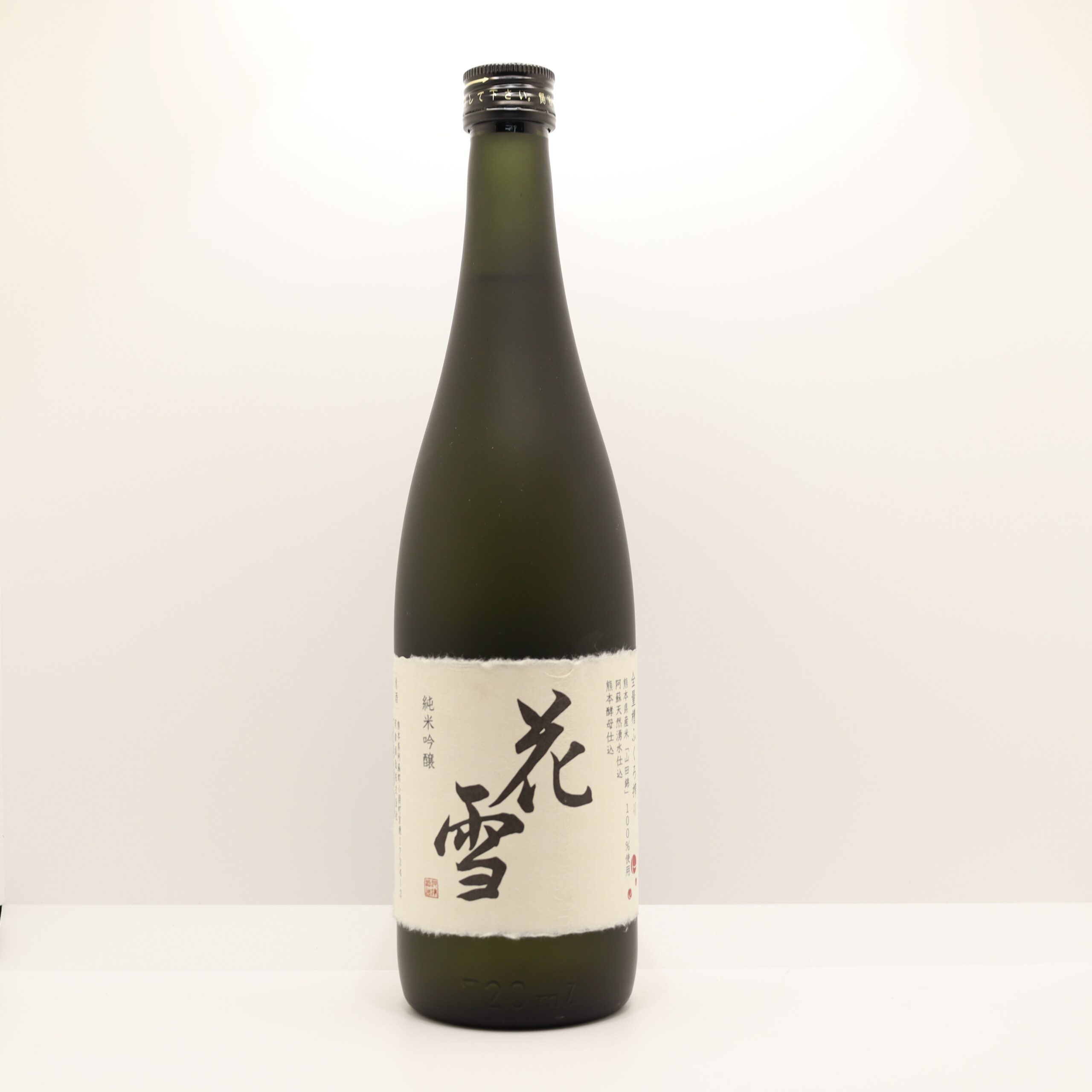
An intensely fruity and sweet taste with a sake meter value of-20, but it is sharp and not boring to drink. It also has the delicacy of freshly steamed rice.
| Sake meter value | -20 |
| Acidity | 2.2 |
| How to drink | cold |
| Producer | Kawazu Sake Brewing Company, Ltd. |
※Sake meter value・・・Sake Meter Value” (SMV), or “Nihonshu-do” in Japanese, is a scale indicating the sweetness or dryness of sake. Positive values mean drier sake, negative values suggest sweetness, and values near zero indicate a balanced profile. It helps consumers choose sake based on their taste preferences, with dry sake pairing well with savory dishes and sweet sake complementing desserts.
※Acidity・・・The “acidity” of Japanese sake is a measure of its sourness, with higher values indicating more acidity and lower values suggesting a milder taste. Moderate acidity contributes to a refreshing quality that pairs well with food. Typically ranging from 0.7% to 2%, acidity varies based on production methods and ingredients. It is a factor that influences the quality of sake, adjusted by brewers during the brewing process.

https://kawazu-syuzou.com/
During the Edo period, the Higo Hosokawa clan (present-day Kumamoto) protected the traditional method of making “Akazake” and forbade the production of sake and the influx of sake from other clans. However, with the restoration of imperial rule in 1867, the distribution of people and goods became freer, and the first owner of Zuiyo, Tahachi Yoshi-mura, decided to make a sake that would represent Kumamoto. However, it was a difficult road. The turning point came in 1903 when a sake expert, Kin-ichi Nojiro, was assigned to the Kumamoto Taxation Bureau, where he spread awareness of the need for quality improvement in order to develop Kumamoto sake, which led to the establishment of the Sake Brewing Institute. Zuiyo was the first to join the in-stitution, and was responsible for the development of sake in Kumamoto as a major brewery . It continues to pursue high-quality sake rooted in local rice, water, climate and traditional brewing methods.

